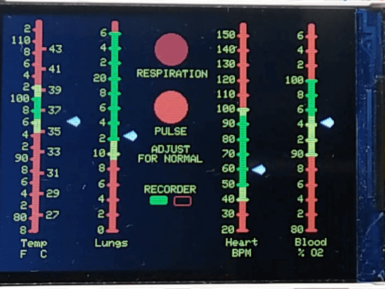
Overview
The kit includes three antennas:
- 2x cellular antennas suitable for 4G/3G/2G applications
- 1x active GNSS L1 ceramic antenna suitable for geolocalization and asset tracking applications
Cellular Antennas
Thanks to the integrated cable and connector, they are engineered to be easily mounted on the 4G Modules guaranteeing ground plane independence. In addition to 4G/LTE applications, they also support worldwide 3G/2G frequency bands, ideal for a wide range of IoT use projects.
GNSS Antenna
The antenna features an integrated LNA boasting a 16 dB gain, making it suitable for applications such as fleet management, navigation, RTK, and various asset tracking purposes. It is designed to be compatible with Arduino Pro 4G Module GNSS L1 radio technology.
List of Compatible Boards
This 4G Module Antennas kit is compatible with:
Tech specs
| Cellular Antennas | GNSS Antenna | |
| Frequency Bands (MHz) | 698–960, 1700–2700 | 1575–1602 |
| Technology | LTE (4G) | GNSS L1 (active) |
| Cable Length | 150 | 95 |
| Connector Type | IPEX I | IPEX MHF I |
| Mounting Type | Adhesive | Buckle |
| Dimensions (mm) | 96 x 21 | 15 x 15 x 6.2 |
Get Inspired

Control the speed of a 12 volt computer fan using a PWM duty cycle

The future envisioned in the original Star Trek included, among other things, a shipboard sickbay with electronic monitors strangely reminiscent of the machines that medical personnel use today. To recreate a functional mini-replica of these displays, YouTuber Xtronical turned to a 2.8” TFT screen, a breadboard, and an Arduino Nano—noting that an Uno would also work. The LCD display nails the look of Dr. McCoy's device, and heartbeat sound can be played along with an onscreen flashing “PULSE” circle. A MAX30100 pulse/oximeter sensor and a temperature sensor take body readings, while a second DS18B20 is implemented to read ambient conditions for increased accuracy. It’s a fun Trekkie project, and Xtronical plans to elaborate on how it was made in future videos. A build of a working original Star Trek display with real sampled heart beat sound. Uses various sensors to get the readings from your body (via just your fingers) and displays them in the style of the 60's sick bay screen. This bare "Bones" system could be built into a model unit or even a replica Tricorder.





